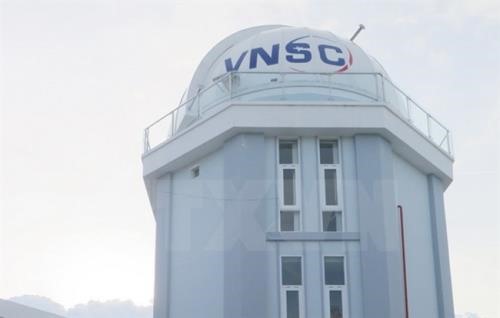 Society
Society

The Astronomical Observatory and Projection Screening Centre under the Việt Nam Space Centre, located in the Hòa Lạc Hi-Tech Park, will be handed over and operated in a pilot programme in June this year.
 |
| A part of the Nha Trang Observatory. — VNA/VNS Photo Tiên Minh |
HÀ NỘI — The Astronomical Observatory and Projection Screening Centre under the Việt Nam Space Centre, located in Hòa Lạc Hi-Tech Park near Hà Nội, will begin running in a pilot programme in June this year.
This is one of the two observatories built as part of the Việt Nam Space Centre project.
The information was revealed by Phạm Anh Tuấn, director of the centre.
Like the Nha Trang Observatory, the Astronomical Observatory in Hà Nội has a 0.5m diametre optical telescope, which has a synchronous drive structure with an automatic dome, equipped with a recorder.
The 100-seat space-view telescope with a diametre of 12m was designed with a dome screen, larger than the Nha Trang space projector. Images are projected onto the dome by a high-resolution six-projector system that produces three dimensional effects, providing a true-to-life experience of space-time and the stars.
Director Tuấn said that the projector provided knowledge on astronomy, used visual images to explain the movement of objects and astronomical phenomena.
Visitors will see films about the history of cosmic creation on projection screens and witness the operation of the telescope.
The Space Centre of Việt Nam is developing a programme for students from junior secondary to high schools, so they can learn about space science and astronomy.
This was an important start for the young generation to understand the science of space and to form a passion for the field, said Tuấn.
In addition, the Astronomical Observatory can carry out studies with lenses and associated equipment such as observations of variability, from which atmospheric properties can be studied, measure the spectra of stars to collect information about the type of stars, rotational speed and magnitude of the magnetic field on the star surface.
It can measure the radial velocity of the host star to look for planets, measure the speed of rotation of some planets, study the morphology of galaxies and search for celestial bodies near Earth. — VNS




